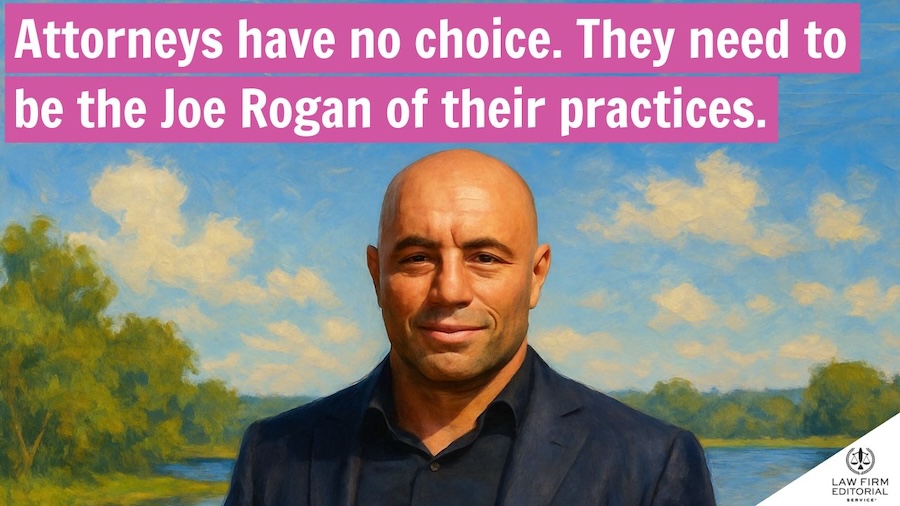
Twelve reasons your law firm should be producing industry newsletters
Industry newsletters build authority and open doors like no other thought leadership tool can.

Industry newsletters build authority and open doors like no other thought leadership tool can.

People respond to incentives. If you want your people to produce thought leadership, maybe you should incentivize them to do so?

With so much content out there today, consistently curating content for your target audiences can build your authority and credibility in their eyes, while also making you seem like a hero for saving them time and effort.

Monitoring and analyzing what people with big followings post on LinkedIn can elevate your LinkedIn game.

Today, even with the changing content marketing and thought leadership marketing landscapes, bylined articles are too valuable not to be part of your thought leadership program.

Take a look at what your thought leadership says about you. If you’re not happy with what it says, do something about it.

In today’s noisy and fast-changing content landscape, attorneys and law firms should strive to become THE DESTINATION for thought leadership in the eyes of their clients and referral sources—not merely A SOURCE of it.

Instead of shouting about the large settlements and verdicts in their cases, plaintiffs’ firms can craft thought leadership regarding those results to build referral relationships, get more cases, and recruit top talent.

Effective thought leadership makes clear the people producing it are relevant, not just knowledgeable and wise.